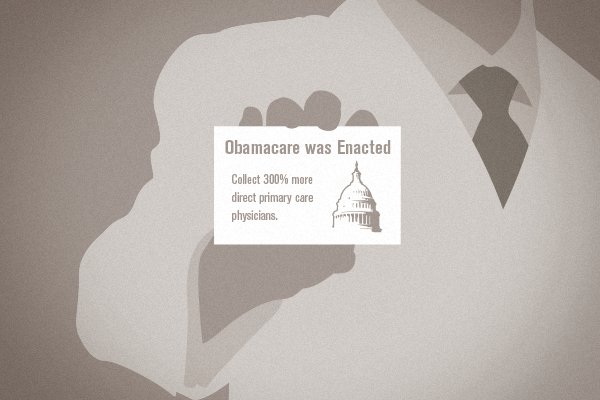Are you curious if your state or city made one of the lists? Keep in mind, we’re having a great time practicing direct care here in Wichita, KS, and get this–we didn’t make either one! On top of that, not all of these states are eligible to dispense prescriptions (New York, Montana, Texas, and Utah prohibit it). In our experience, the real value in running a direct practice comes from offering wholesale prescription discounts. Over time the savings add up, especially for patients with chronic conditions (diabetes, thyroid disease, asthma, migraines, etc.) where it becomes cheaper to subscribe to your clinic and stop using insurance to pay for prescriptions.
Given these facts, we’re not treating this as the ultimatum for who or where one should or shouldn’t open a direct care clinic. However, the research brings up some good reminders. According to Dr. Chris Ewin, Founder and physician at 121MD in Fort Worth, TX:
“Direct practices should be successful in most cities and states where there is an inadequate supply of primary care physicians.” He adds, “… Most important, a physician needs to have social skills to sell him/herself and their new practice model to their patients and their community.”



